Today, the biggest news comes from Ukraine.
Here, Ukrainian long-range drones have attacked and sunk a Russian cargo vessel carrying Iranian Shahed drones before they could be unloaded. This was only the first step of what followed – a broader campaign in which Ukraine targeted everything connected to the Iranian Shahed drones, from launch sites to massive storage depots and assembly plants.

The first target of Ukraine became Port Olya on the Caspian sea, where they targeted a vessel of extreme importance, as the ship was loaded with ammunition and drone parts for Iranian Shahed drones. Footage shows the vessel listing, its bridge gutted by fire, and its hull partly submerged, contradicting Russian claims of light damage. Olya is Russia’s main port on the Caspian, linking Iran with inland routes, and striking here disrupted a key corridor that has funnelled Iranian drones into Russia for nightly strikes on Ukrainian cities.
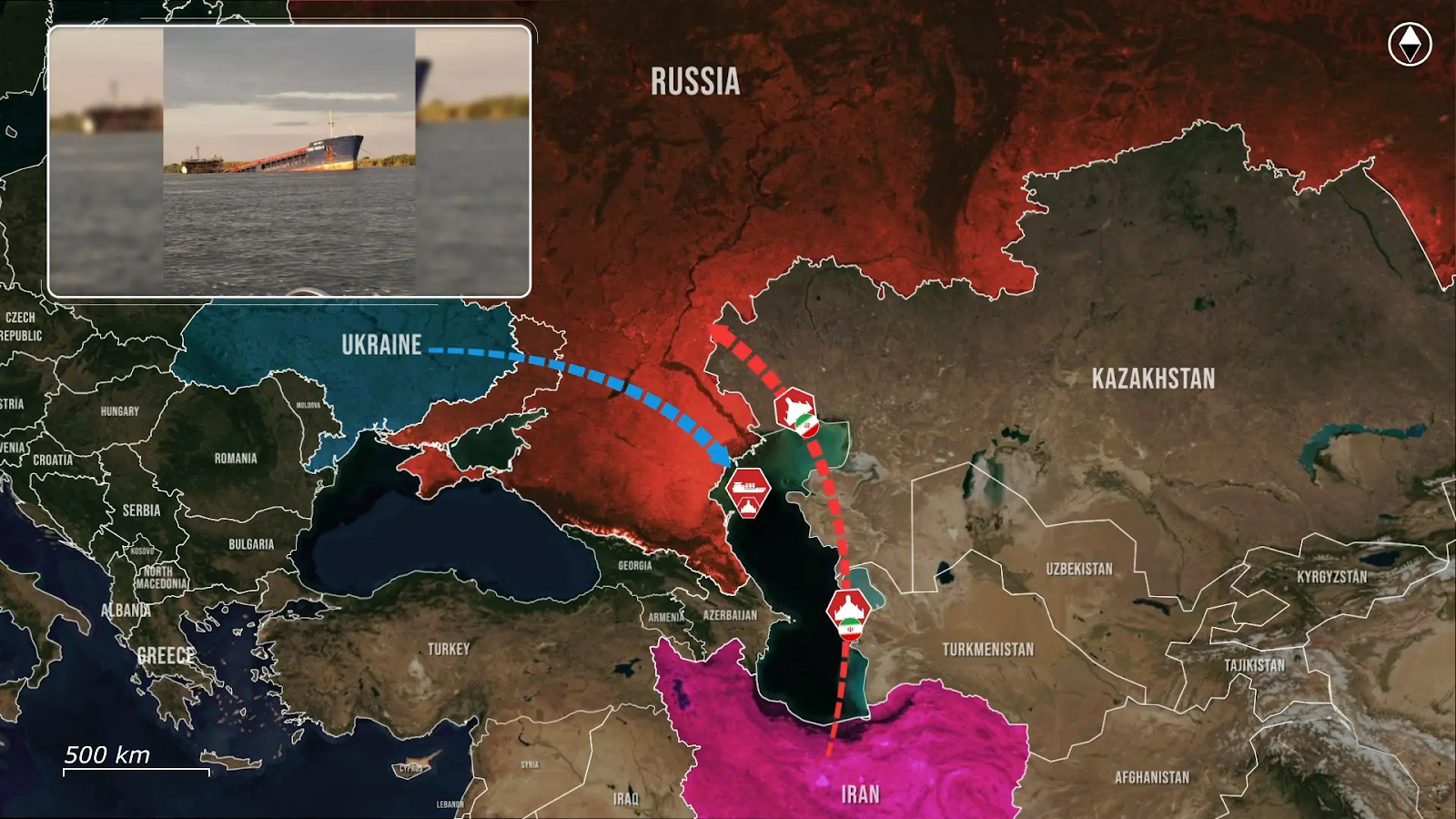
The attack showed that shipments can be destroyed even at their entry point, far from the front, and for Ukraine, this sets a precedent for targeting the logistics routes that feed Russia’s drone campaign.

Ukraine has begun a methodical campaign against every stage of the Shahed program, aiming to destroy transport, launch, storage, and production sites in sequence.
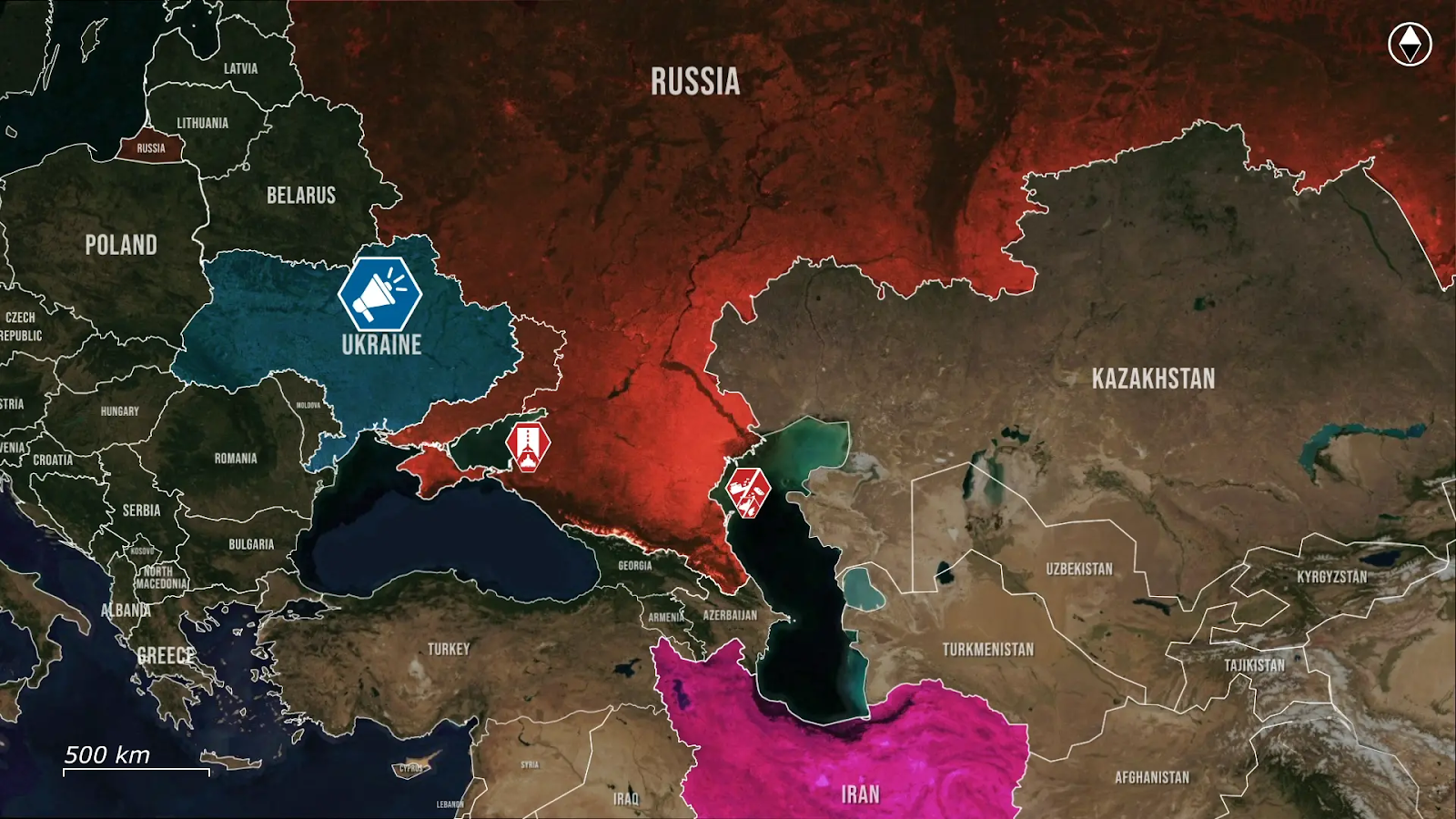
The next strike hit the Primorsko-Akhtarsk airfield in Krasnodar, a known launch site for Shaheds across the Sea of Azov. Overnight, drones hit launch areas, with satellite data confirming fires shortly after Russian launch activity was detected. Because this airfield has been central to Russia’s swarm attacks, earlier satellite data shows repeated targeting to reduce operational capacity over time. Each strike forces Moscow to lean more on mobile launchers, which reduces massing and degrades the effectiveness of their saturation-style attacks.

Ukraine also struck storage depots in Tatarstan, over 1,300 kilometers from the border. At Kzyl-Yul, long-range drones hit warehouses storing ready-to-use Shaheds and imported parts, igniting fires that burned through the site.

Russian outlets tried to minimize the impact, but Ukrainian intelligence confirmed that a large number of drones were destroyed before they could be moved forward. Images shared by Russian sources of similar depots suggest that a single warehouse can hold a full strike package, often numbering hundreds in one facility alone. This was not an isolated event, as Ukraine hit the same depot again a short while later, waiting for the depot to be replenished before striking again.

The factory at Yelabuga in Tatarstan has also remained under Ukrainian fire, because this plant is the largest and central to Russia’s effort to assemble Shaheds domestically and reduce dependency on Iranian supplies. Earlier strikes damaged workshops and caused fires, and recent attacks again reached the site.


For Russia, keeping the factory running is critical to sustaining output, but each hit delays production and raises the cost of finding technicians willing to work under threat, and after repeated strikes, few will take jobs at a site that is a major target for Ukraine, which the Russian government also cannot protect. For Ukraine, hitting Yelabuga targets the core of Russian drone assembly, and returning to the site after earlier attacks signals that Ukraine can monitor and disrupt production in cycles, not just once.
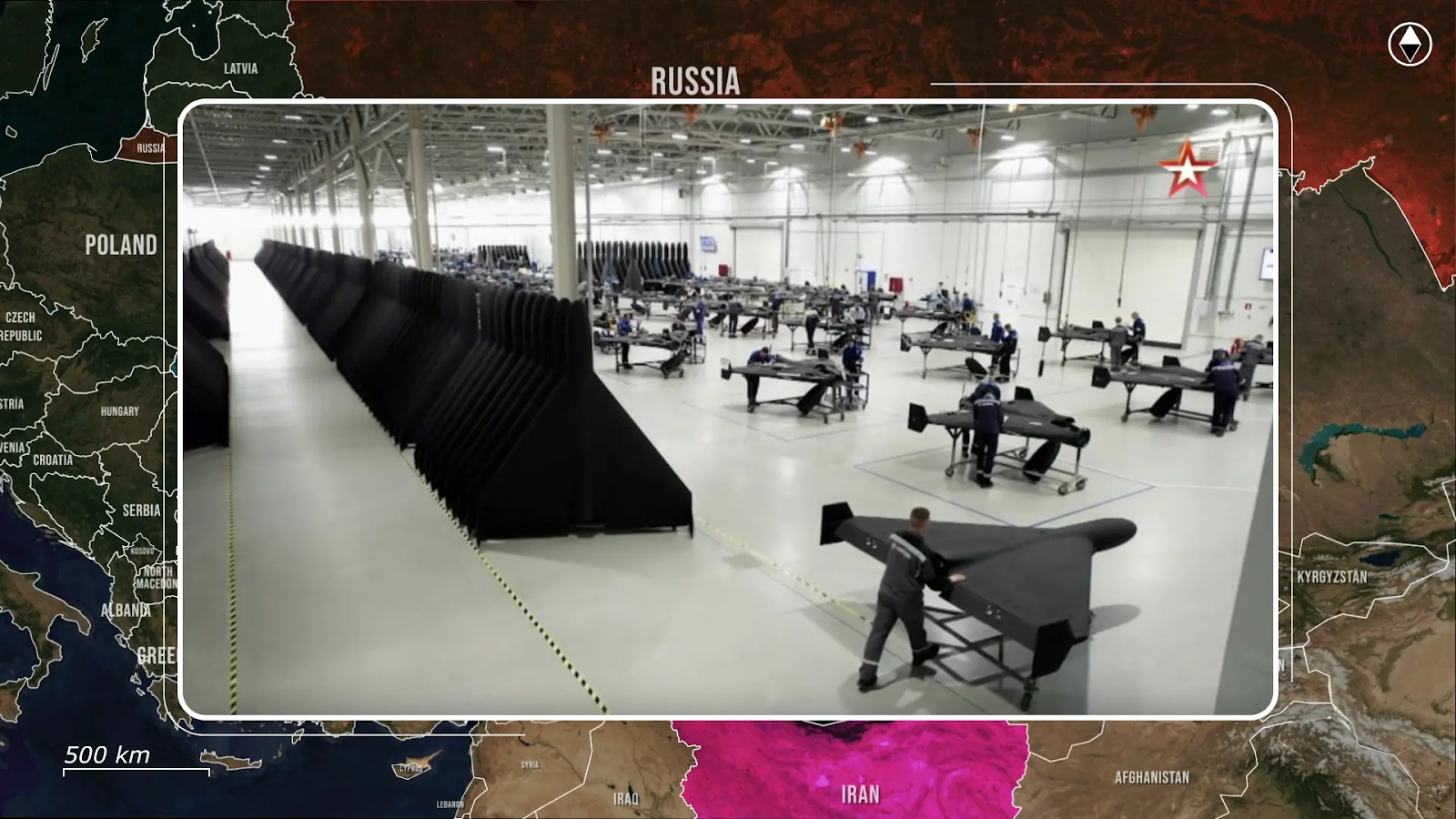
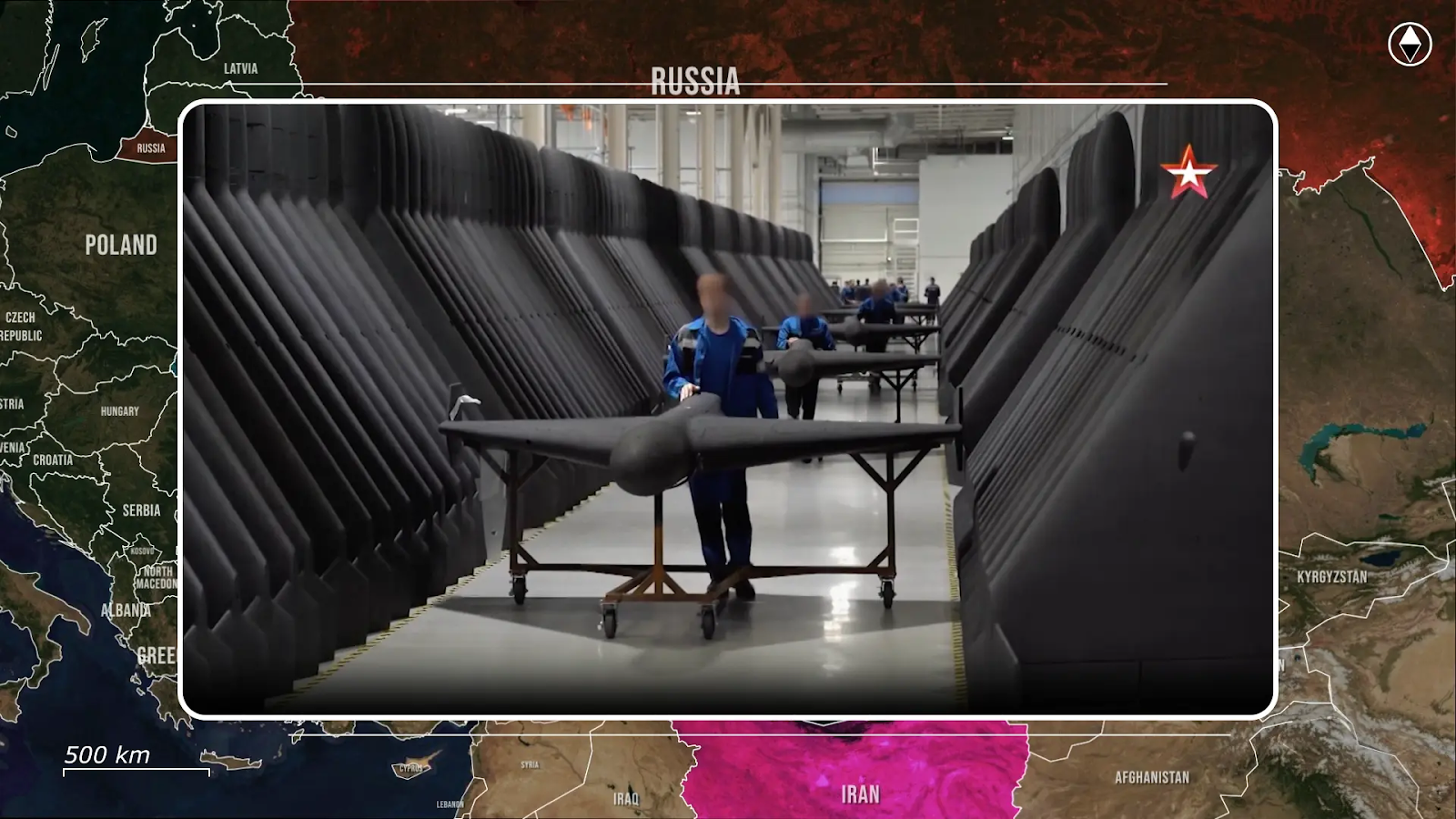
The sequence of strikes on a ship destroyed in Astrakhan, a launch site hit in Krasnodar, depots burning in Tatarstan, and a factory repeatedly attacked reflects a deliberate strategy. Ukraine is no longer just intercepting drones in the air but targeting the full ecosystem that enables their use, because the fight has shifted from defense to offense. By striking the supply chain from point of entry through storage and launch to final assembly, Kyiv has shown that every stage is vulnerable and that distance no longer guarantees protection.

Overall, the strikes have made Shaheds far costlier for Russia, forcing it to defend supply routes and factories across thousands of kilometers. Moscow must disperse scarce air defenses, reroute shipments from Iran, and absorb the loss of production facilities that cannot easily be replaced. Each strike weakens Russia’s ability to sustain mass drone attacks, proving that Ukrainian drones can strike accurately across Russia’s depth.
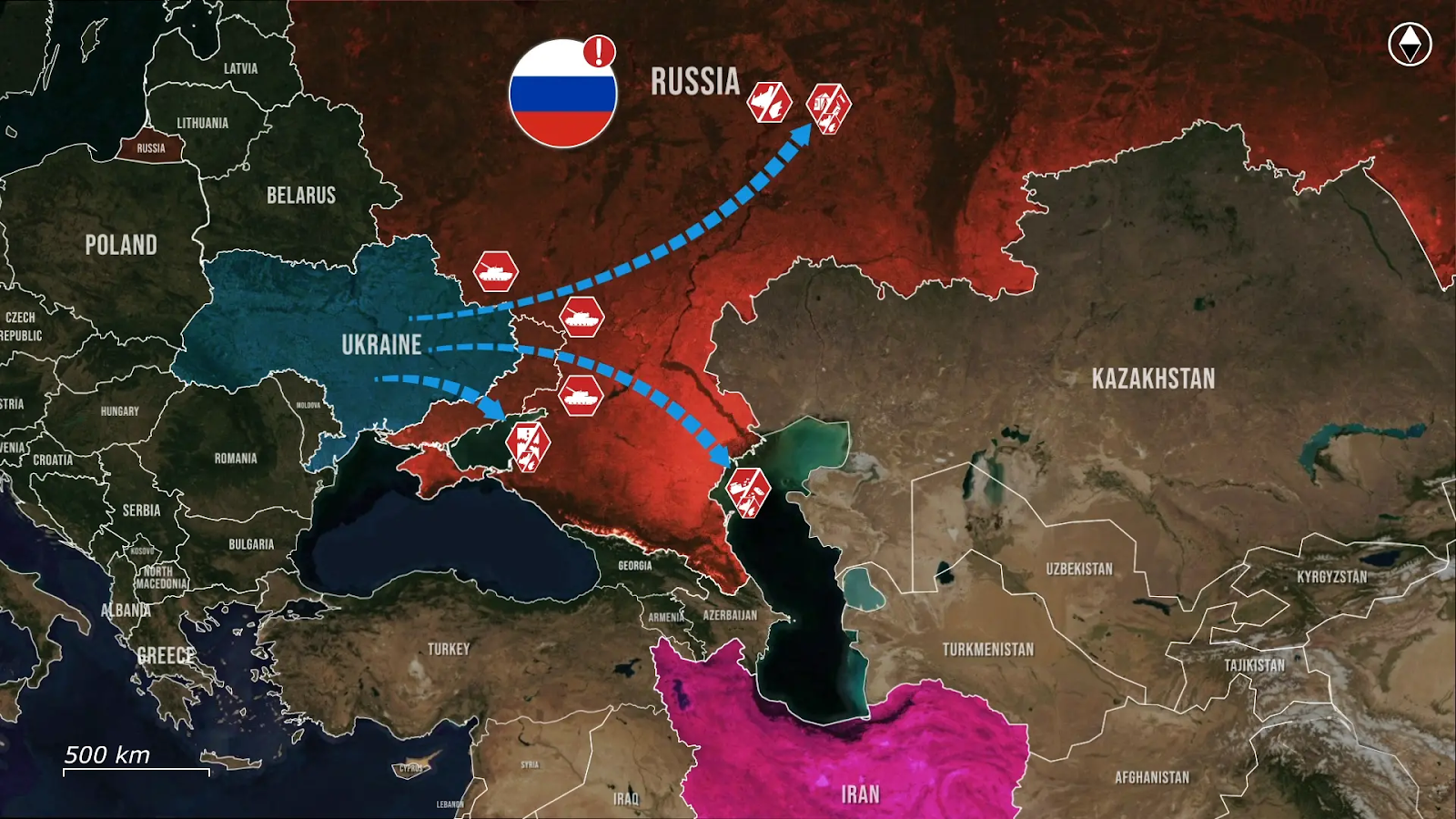
In a war of attrition, this balance matters: the further Ukraine can strike into Russian territory, the less Moscow can count on Iranian drones to sustain its pressure campaign.
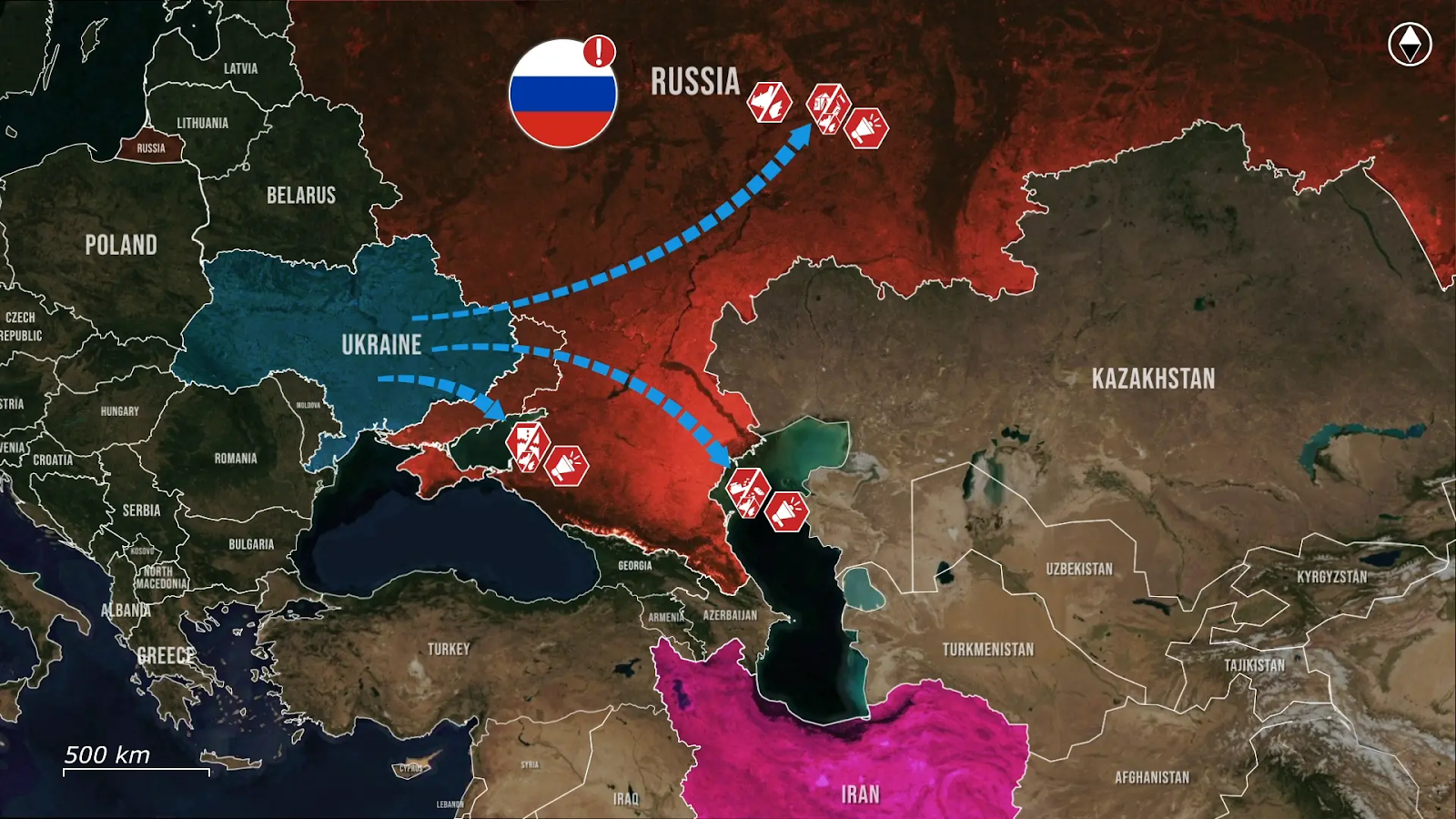








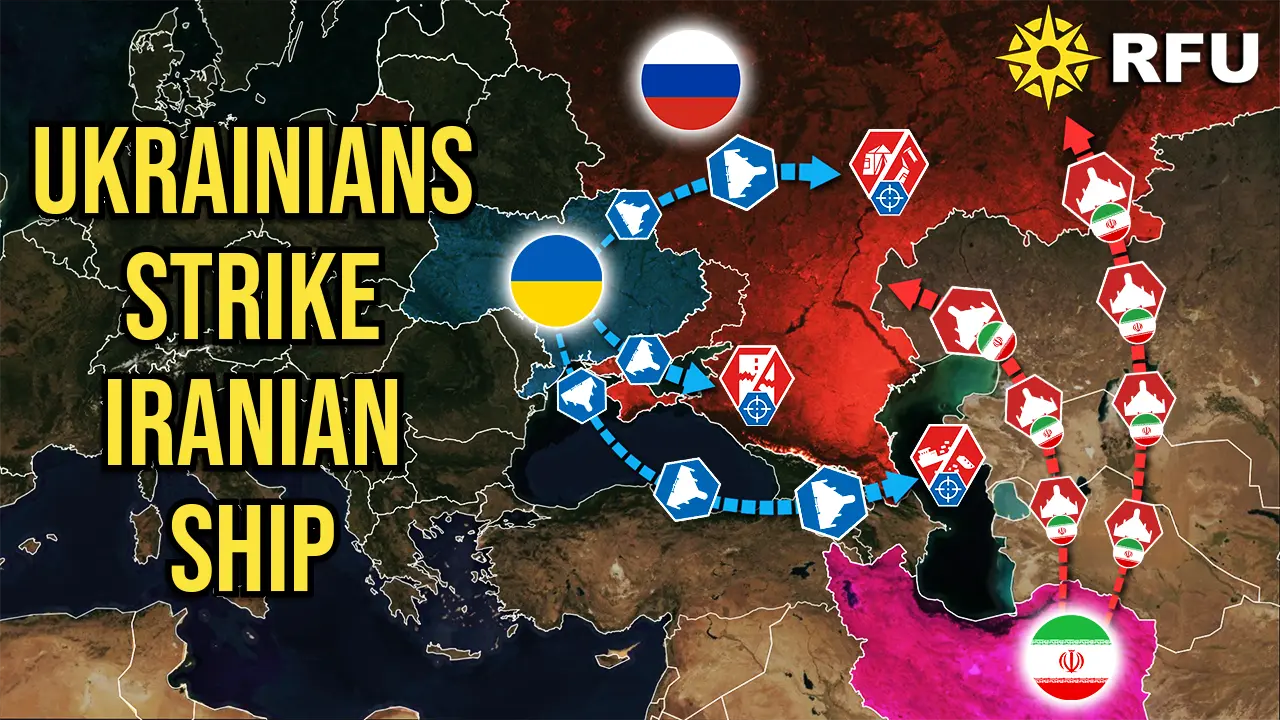
.jpg)
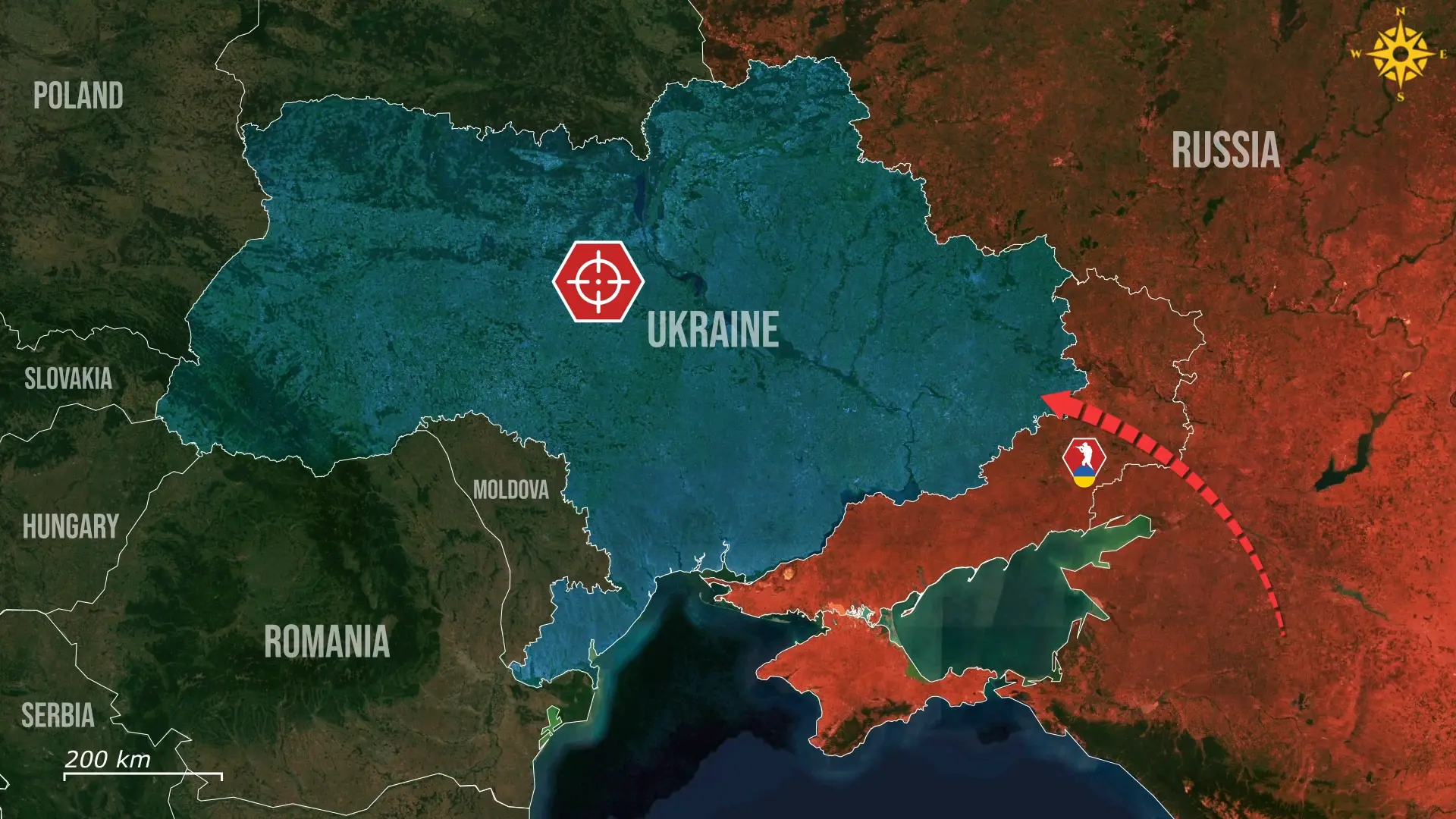

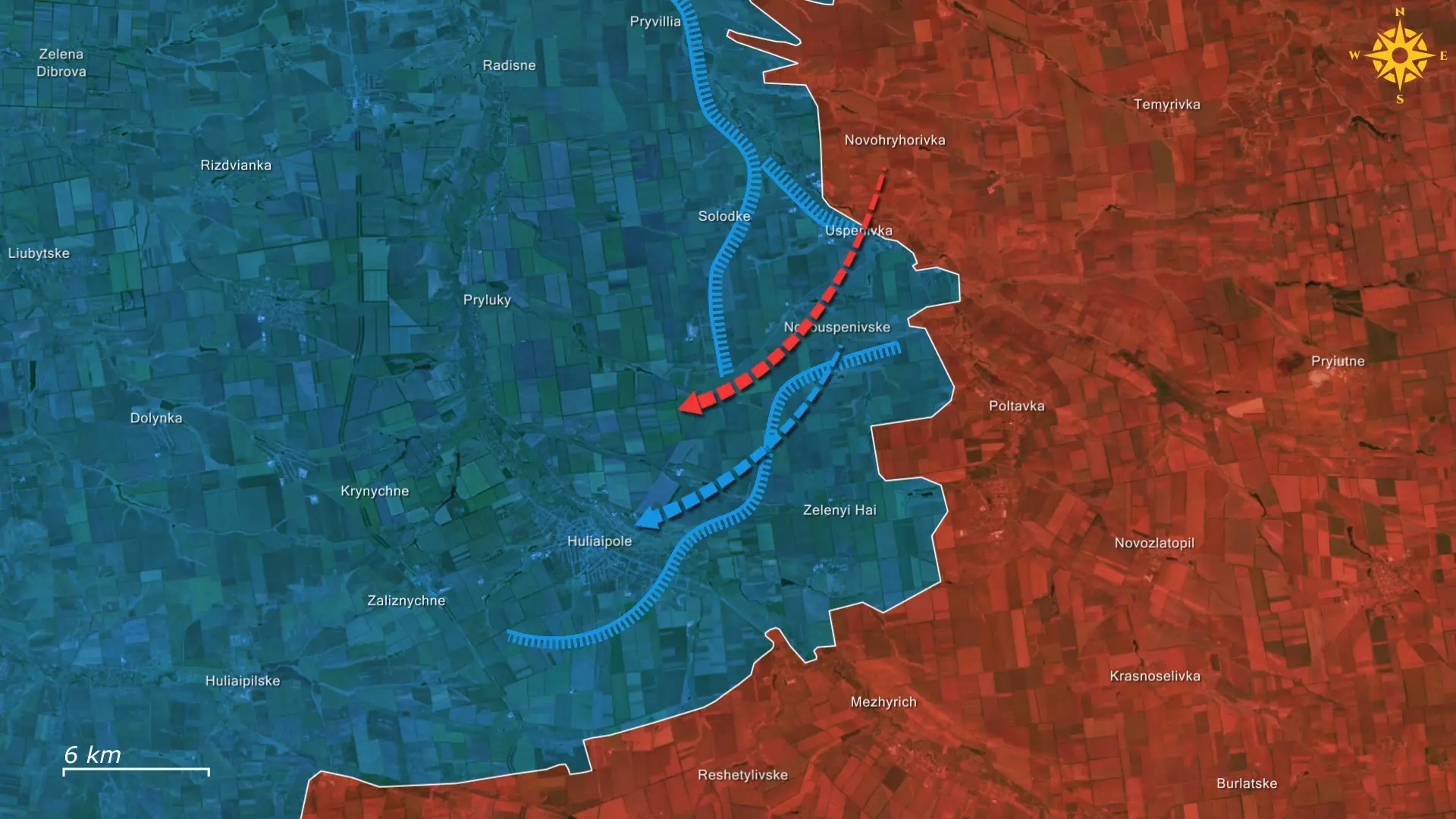

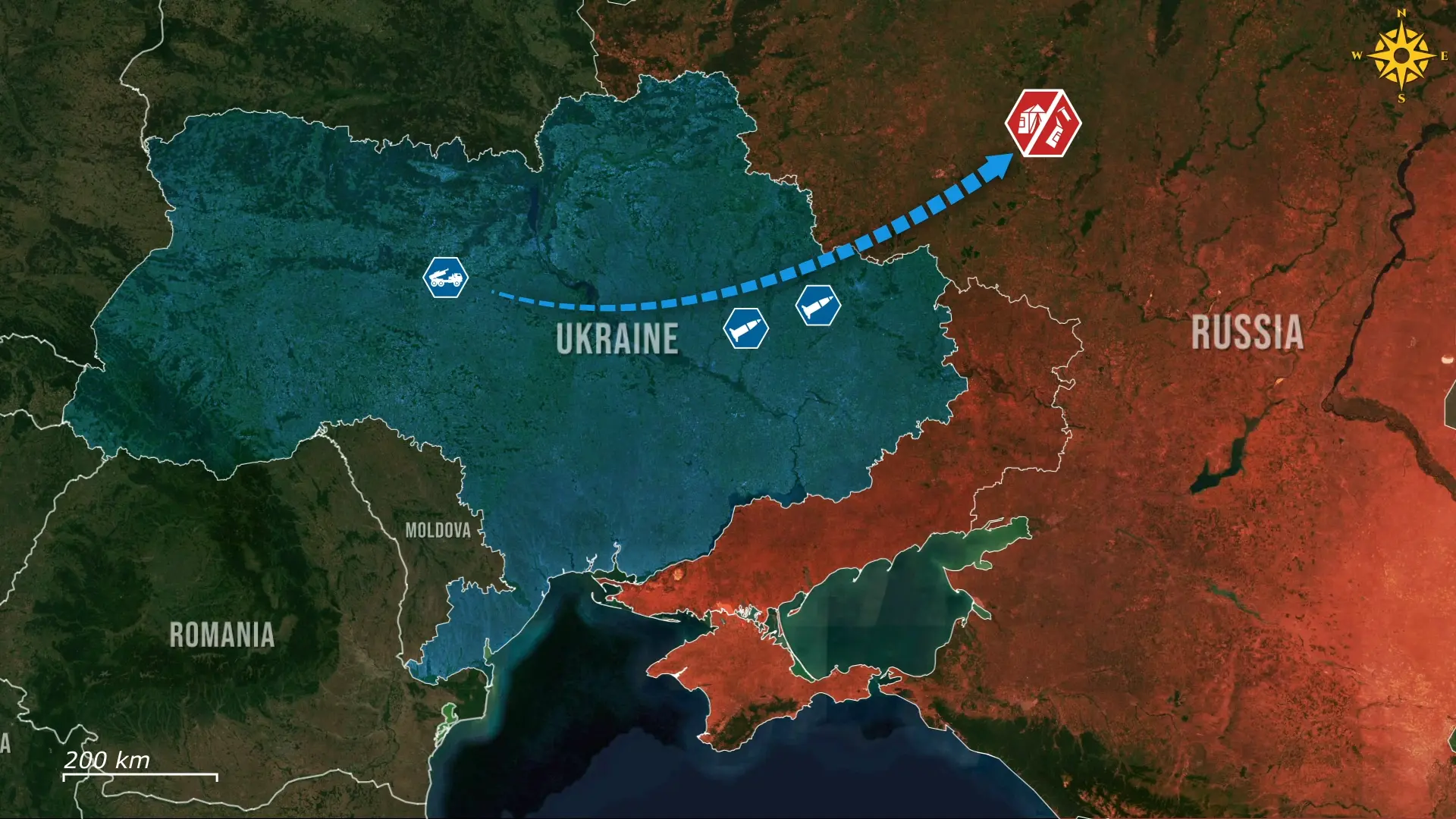
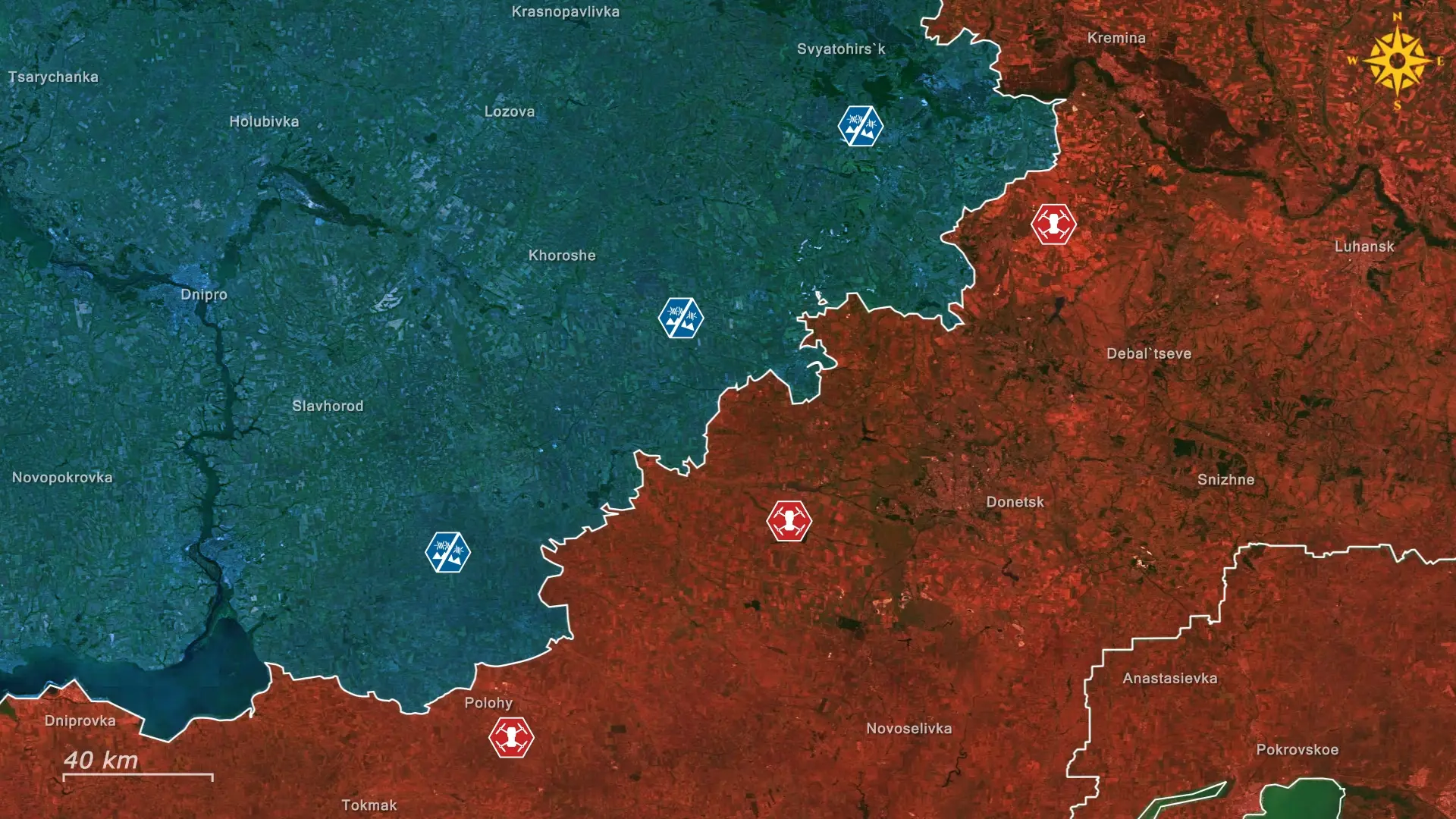
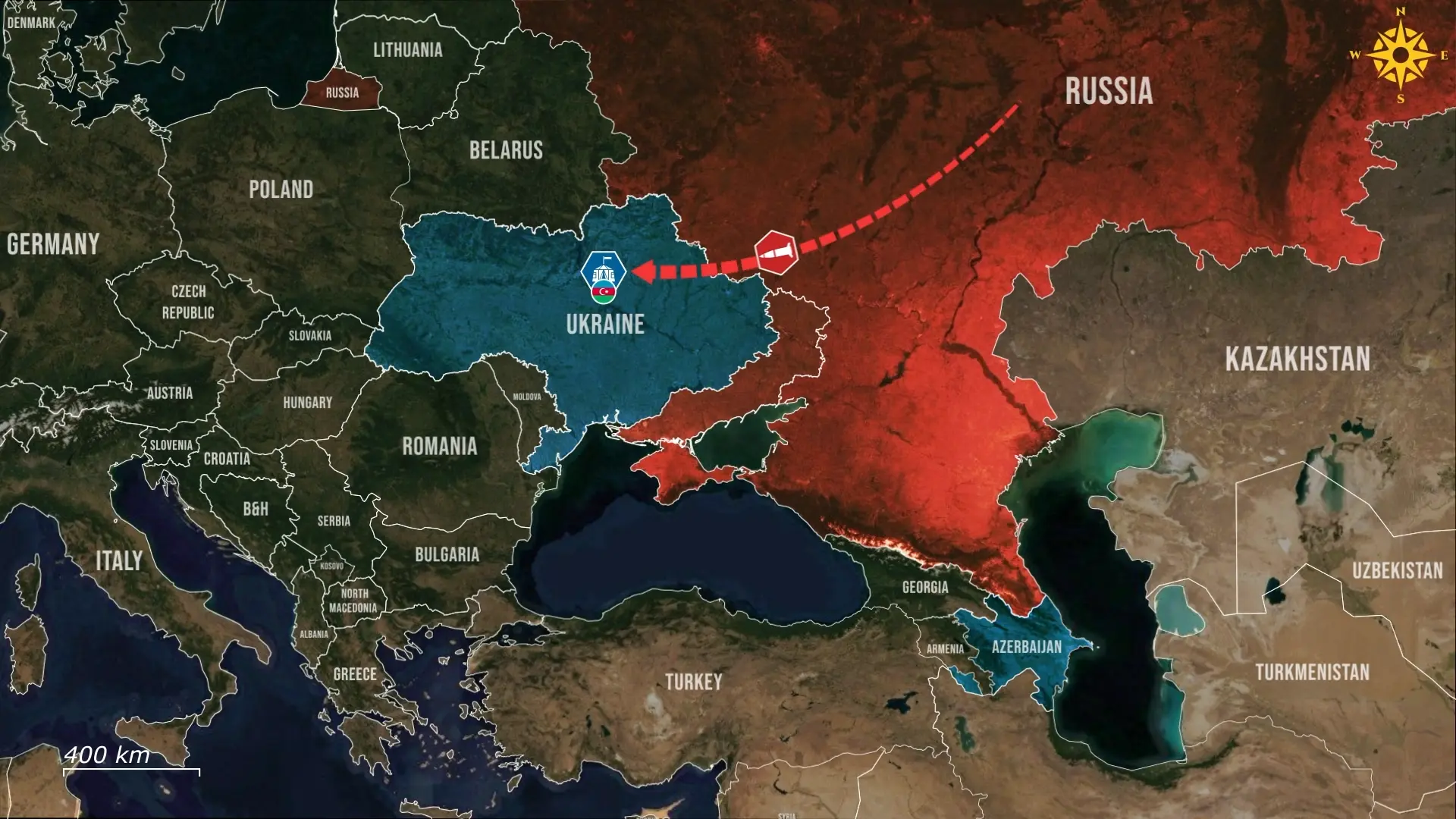
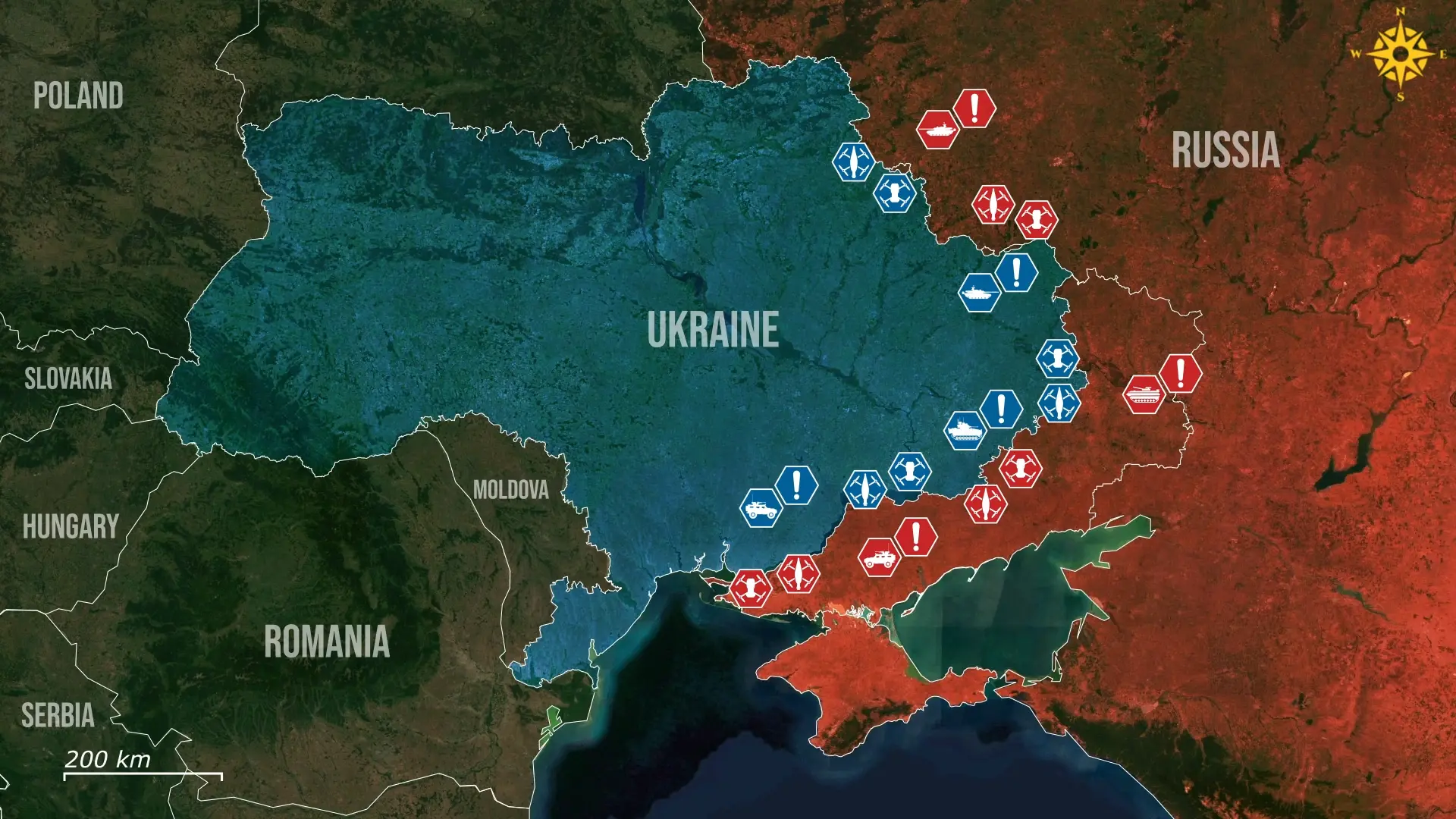
Comments